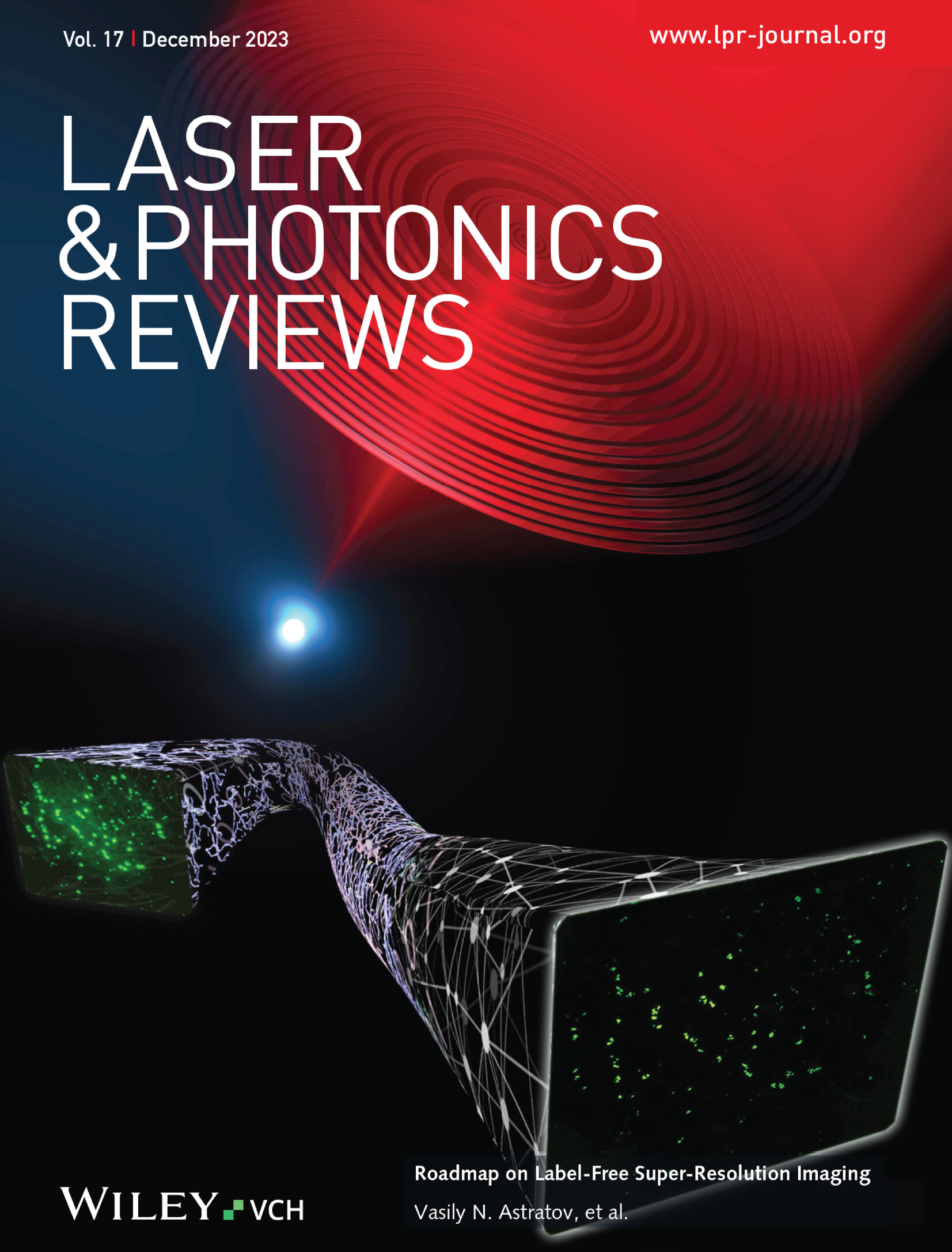Achieving Full Field‐of‐View Single‐Detector Imaging with Scattering Medium and Triple‐Cation Perovskite Photodetectors
IF 9.8
1区 物理与天体物理
Q1 OPTICS
引用次数: 0
Abstract
A broad field‐of‐view (FOV) is essential for imaging, enabling the capture of larger scenes and finer details. Herein, Fourier single‐detector (FSI) imaging through an aperture obstacle is explored and FOV expansion with the aid of ground glass is demonstrated. The dual light‐blocking effects of the aperture obstacle and ground glass necessitate a high‐performance, ultralow‐noise detector for weak‐light imaging. Through precise interfacial engineering, a triple‐cation perovskite photodetector is developed, achieving an ultralow noise current density (2.26 × 10利用散射介质和三阳离子钙钛矿光电探测器实现全视野单探测器成像
宽视场(FOV)对于成像至关重要,可以捕捉更大的场景和更精细的细节。本文探讨了傅立叶单探测器(FSI)通过孔径障碍物成像的方法,并演示了借助磨砂玻璃扩展视场的方法。孔径障碍物和磨砂玻璃的双重阻光效应需要一种高性能、超低噪声的弱光成像探测器。通过精确的界面工程,开发了三阳离子钙钛矿光电探测器,实现了超低噪声电流密度(2.26 × 10−13 a Hz−1/2),高开/关比(1.58 × 107)和快速响应(1.83µs),在散射介质中实现了有效的FSI。通过几何光学、“散射透镜”效应和差分成像阐明了视场扩大的原理。进一步研究了视场与磨砂玻璃与孔径障碍物之间距离的关系。值得注意的是,当磨砂玻璃直接放置在障碍物后面时,可以实现完整的FOV重建。该研究为FSI中的散射透镜效应提供了新的见解,克服了传统成像技术在通过孔径障碍实现宽视场成像的瓶颈。这项工作为复杂环境下的宽视场成像提供了一种有前途的方法,增强了散射条件下FSI的潜在应用。
本文章由计算机程序翻译,如有差异,请以英文原文为准。
求助全文
约1分钟内获得全文
求助全文
来源期刊
CiteScore
14.20
自引率
5.50%
发文量
314
审稿时长
2 months
期刊介绍:
Laser & Photonics Reviews is a reputable journal that publishes high-quality Reviews, original Research Articles, and Perspectives in the field of photonics and optics. It covers both theoretical and experimental aspects, including recent groundbreaking research, specific advancements, and innovative applications.
As evidence of its impact and recognition, Laser & Photonics Reviews boasts a remarkable 2022 Impact Factor of 11.0, according to the Journal Citation Reports from Clarivate Analytics (2023). Moreover, it holds impressive rankings in the InCites Journal Citation Reports: in 2021, it was ranked 6th out of 101 in the field of Optics, 15th out of 161 in Applied Physics, and 12th out of 69 in Condensed Matter Physics.
The journal uses the ISSN numbers 1863-8880 for print and 1863-8899 for online publications.

 求助内容:
求助内容: 应助结果提醒方式:
应助结果提醒方式:


